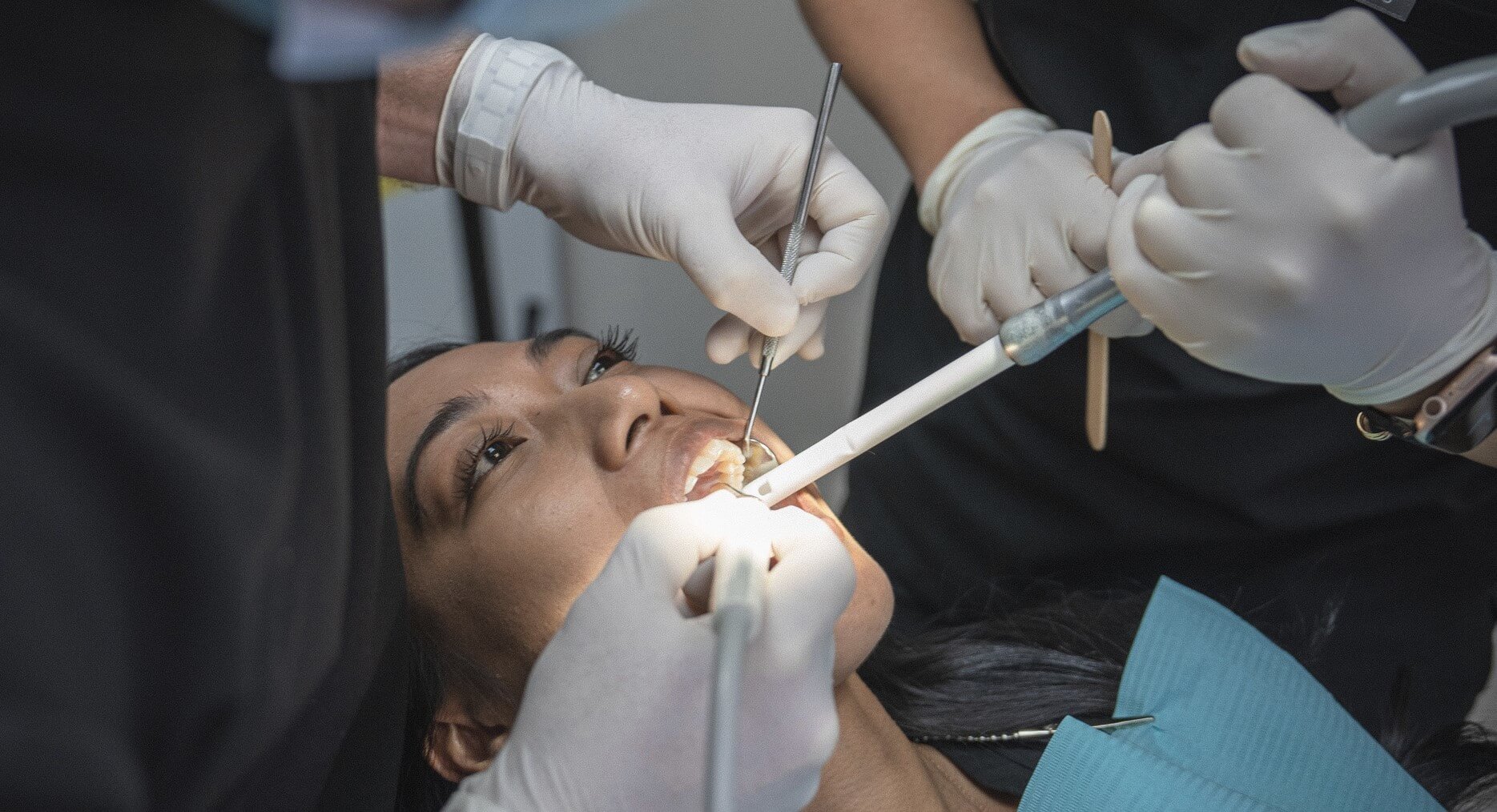Author: Anton Moskalenko
Dental care varies widely across the globe, influenced by local practices, technology, and healthcare systems. Two common procedures—dental bonding and wisdom teeth removal—offer a fascinating glimpse into these differences. Here’s how dentists in various countries approach these treatments:
Dental Bonding
1. United States
In the U.S., dental bonding is a routine cosmetic procedure used to improve the appearance of teeth. Dentists often use composite resins to fix chipped or cracked teeth, close gaps, or correct minor imperfections. The process is relatively quick, usually completed in one visit. The composite material is matched to the tooth color, applied in layers, and hardened with a special light.
2. United Kingdom
UK dentists also frequently perform dental bonding. The procedure is similar to that in the U.S., but there may be a focus on cost-effectiveness due to NHS constraints. Private practice offers more advanced materials and faster service, whereas NHS treatment might use more basic composites.
3. Japan
In Japan, dental bonding is well-established, with an emphasis on precision and aesthetics. Japanese dentists use high-quality materials and advanced techniques to ensure a seamless blend with the natural tooth. There’s a strong focus on patient education and detailed explanations of the procedure.
4. Brazil
Brazilian dentists are known for their cosmetic expertise, and dental bonding is a popular choice. The procedure is often performed in conjunction with other cosmetic treatments, such as teeth whitening or veneers. Brazilian dental clinics may offer a range of bonding materials to cater to different aesthetic preferences.
5. India
In India, dental bonding is becoming increasingly common, especially in urban areas. Costs are typically lower than in Western countries, making it accessible to a broader population. Indian dentists often use cost-effective composite materials, with a focus on achieving good functional and aesthetic results.
Wisdom Teeth Removal
1. United States
Wisdom teeth removal is a standard procedure in the U.S., often performed by oral surgeons or general dentists with surgical training. The process usually involves X-rays to assess the position of the teeth, followed by extraction under local anesthesia or sedation. The recovery period can vary, with post-operative care focused on managing pain and preventing infection.
2. United Kingdom
In the UK, wisdom teeth removal is commonly performed in both private and NHS settings. The procedure is similar to that in the U.S., but there may be longer wait times for NHS patients. UK dentists also emphasize thorough pre-operative assessments and patient education to manage expectations.
3. Australia
Australian dentists approach wisdom teeth removal with a focus on minimizing discomfort and ensuring a smooth recovery. The procedure is often carried out in a day surgery setting, with local or general anesthesia depending on the complexity of the extraction. Post-operative care is comprehensive, with detailed instructions on managing pain and promoting healing.
4. Germany
In Germany, wisdom teeth removal is highly standardized and often performed in a clinical setting. German dentists use advanced imaging technology, such as 3D scans, to plan the procedure. The emphasis is on precision and patient comfort, with a strong focus on minimizing post-operative complications.
5. South Africa
In South Africa, wisdom teeth removal is commonly performed in both private and public healthcare settings. The procedure is generally straightforward, but access to advanced surgical techniques and technologies can vary. Dentists often provide detailed pre- and post-operative care instructions to ensure optimal outcomes.
Conclusion
While dental bonding and wisdom teeth removal are universally recognized procedures, the approach to these treatments can vary significantly across different countries. Factors such as technology, healthcare systems, and cultural practices influence how these procedures are performed and experienced by patients. Whether it’s the high-tech precision of German practices or the cost-effective solutions in India, each country brings its unique perspective to dental care.



